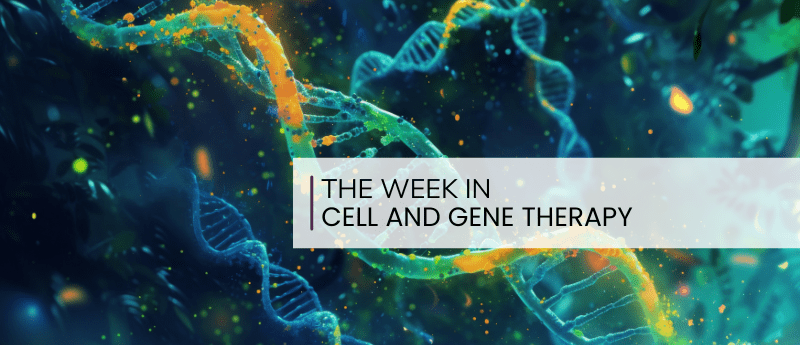Using Advanced Algorithms to Solve Formulation Challenges
Artificial intelligence (AI) and machine learning (ML) in the biopharmaceutical industry have been widely applied across drug discovery and clinical development efforts. These technologies also have potential to impact many other aspects of drug development and manufacturing. Their use in formulation development has been growing in recent years due to the potential for AI/ML to streamline and accelerate this process, particularly for challenging drug substances such as those that suffer from poor solubility and bioavailability (1).
The traditional approach to formulation development involves extensive, time-consuming, and costly physical experimentation and screening, both in vitro and in vivo, to identify optimal formulations. Leveraging AI/ML algorithms allows for identification of formulations with the greatest likelihood of success, reducing the time and resources needed for physical evaluation. These technologies can also uncover new materials with attractive excipient properties and new formulation approaches not previously considered (2).
One example of an AI-based prediction tool designed specifically to aid formulation design is the freely available web-based platform, FormulationAI (3).
Formulation development plays a key role
Formulations play a critical role in stabilizing APIs, enabling patient administration, and potentially mitigating toxic side effects while enhancing drug efficacy. “Regrettably,” observes Christine Allen, a professor within the Leslie Dan Faculty of Pharmacy at the University of Toronto and CEO of Intrepid Labs, a biotech start-up that utilizes AI/ML and robotics to accelerate formulation development, “the significant potential of formulations is often underestimated and, consequently, given lower priority in drug development, despite their ability to directly improve safety and efficacy.” She notes that approximately 80% of drugs fail in clinical development due to safety concerns and lack of efficacy, areas where better-formulated drugs might succeed.
Poor solubility/bioavailability present many development challenges
Between 70–90% of new chemical entities (NCEs) have solubility issues, according to Allen. A formulation that excels in enhancing solubility and bioavailability but falls short in safety, efficacy, or patient acceptability does not fulfill its therapeutic potential, adds Sanjay Konagurthu, senior director of science and innovation within Thermo Fisher Scientific’s Pharma Services business.
“One of the greatest challenges, therefore, is for developers to meticulously balance these considerations, creating formulations that not only improve drug delivery but also meet the broader criteria necessary for successful patient outcomes,” Konagurthu contends.
Speed is another ongoing challenge in the journey from molecule to medicine. “While maintaining safety and efficacy, scientists are always looking for a faster way to overcome hurdles like poor solubility and bioavailability and the trial-and-error formulation development process to get therapies into the hands of patients as soon as possible,” explains Konagurthu.
Difficulties arise, Allen adds, because current formulation methods are often slow and resource-intensive, which can hinder the rapid development and optimization of drug formulations that are crucial for overcoming solubility challenges.
In fact, Konagurthu comments, because poor API solubility typically corresponds with lower bioavailability and thus impacts the efficacy of the drug product, it can create a negative ripple effect from discovery to clinical trials. He points to several factors, from molecular properties to the characteristics of the excipients and formulations, as determining the solubility and bioavailability of an API. “For this reason, identification of the most effective combinations of drug and excipients is a complex and resource intensive process that requires rigorous experimentation, data collection and analysis,” he says.
Historically, scientists have looked to resolve poor API solubility through trial-and-error testing, which often results in longer development timelines. “With pharmaceutical companies focused on getting life-saving therapies to patients as quickly as possible, there is an urgent need for streamlined workflows that allow scientists to efficiently find the best way to improve a drug’s bioavailability,” Konagurthu concludes.
Predictive capabilities offer many benefits
Advanced predictive algorithms can help overcome this important challenge. “AI/ML offers low-cost predictions of properties such as solubility, dissolution rate, and stability,” Allen says. “Importantly, advanced AI approaches, such as those employed at Intrepid Labs, no longer rely on data-hungry ML models. In addition, combining technologies such as autonomous preparation and real-time sensing further enhances data-driven processes,” she adds.
In addition to predicting the most effective combinations of solubility enhancement technologies and excipients for drug development, Konagurthu believes use of AI/ML in this type of application can help scientists better understand the complex behavior of molecules, improve the speed of API discovery, and increase the accuracy of formulation development. “Ultimately, because these new technologies are able to generate high-quality data and insights for use throughout the drug discovery and development process, using them can have a significantly positive impact on budgets, timelines, and resources,” he states.null



Comments
Post a Comment